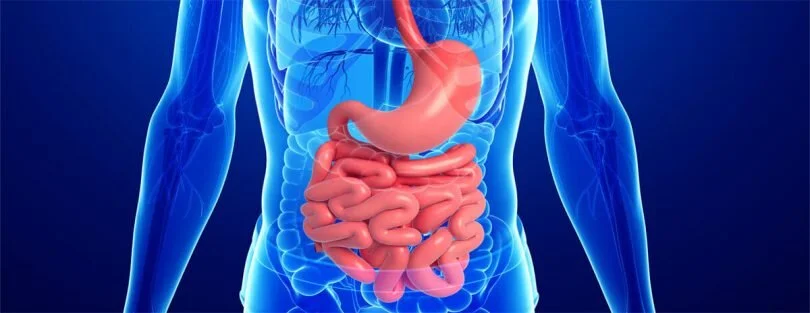Human gastrointestinal microbiota- The Gut.
At A Path to Wellness we focus on the underlying root cause rather than treating the symptoms.
How to achieve head-to-toe health starts in your Gut.
Understanding the Causes of Brain and Body Aging
At least one of the mechanisms of damage for dementia and other forms of cognitive impairment, as well as neurological disorders, is oxidative damage produced by free radicals that strip electrons from molecules throughout the human body. The free radicals result from exposure of human beings to a plethora of environmental toxins, nutritional deficiencies resulting in a lack of antioxidants, and primarily from normal metabolic processes related to mitochondrial activity. Mitochondria are our tiny energy factories inside our cells, involved in processes such as cellular respiration. Free radicalsdamage cell membrane lipids, DNA, and proteins in the brain and throughout the body.
Additionally, the process of methylation takes part in the creation of neurotransmitters, derivation of methionine from homocysteine, and production of cell membranes. In fact, a direct correlation between homocysteine levels and cognitive dysfunction has been confirmed. Cardiovascular function is also negatively affected by elevated homocysteine levels, which may cause inflammatory processes that lead to pathology when elevated.
Aging is also established partly by the lengths of telomeres, the base material at the end of DNA (chromosomes) that is involved in cellular replication. Telomere length shortens over time with each cycle of replication, reducing mitochondrial activity with each cycle, until the material is gone and cell death occurs. Natural approaches to halt or reverse this activity may be included as part of an anti-aging protocol, which will be discussed in the next few articles in this series.
Using homeopathic, naturopathic, & functional medicine.
© November 15, 2015 by Dr. Christopher Jackson, PhD, DOM


